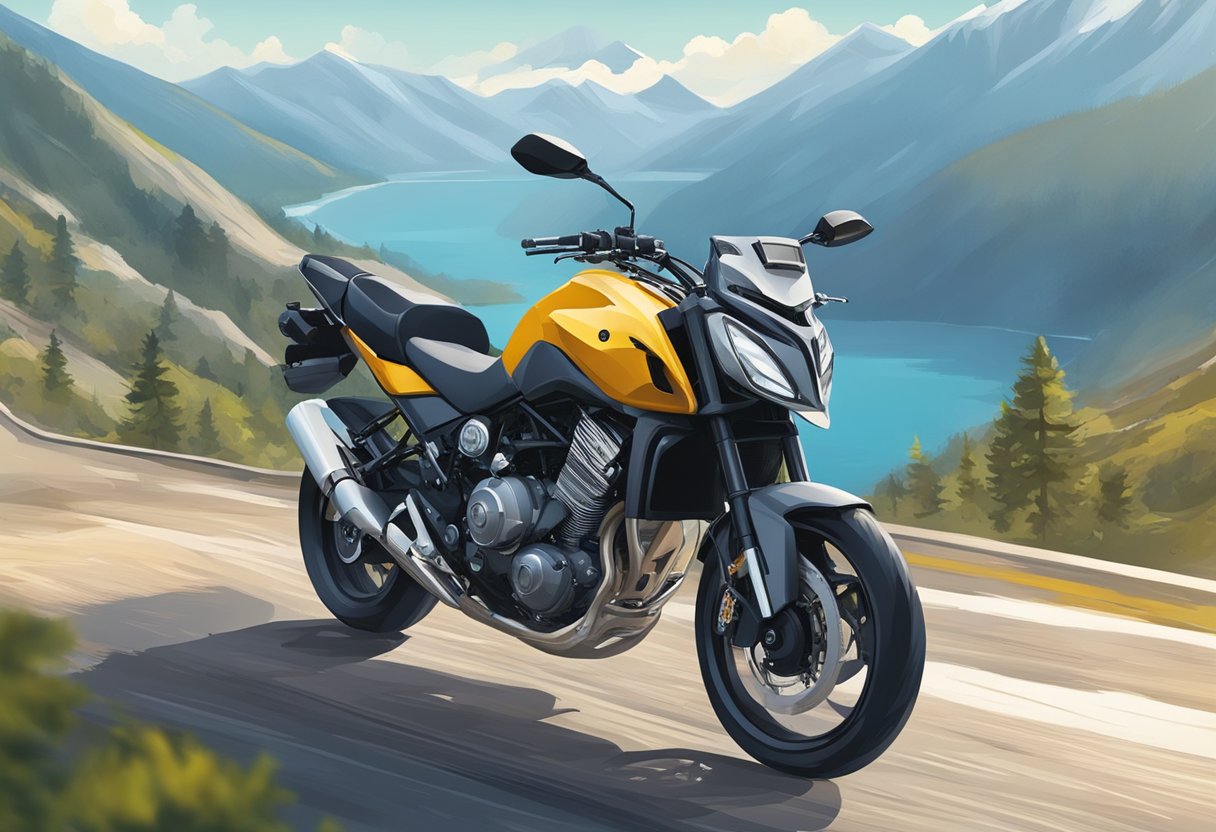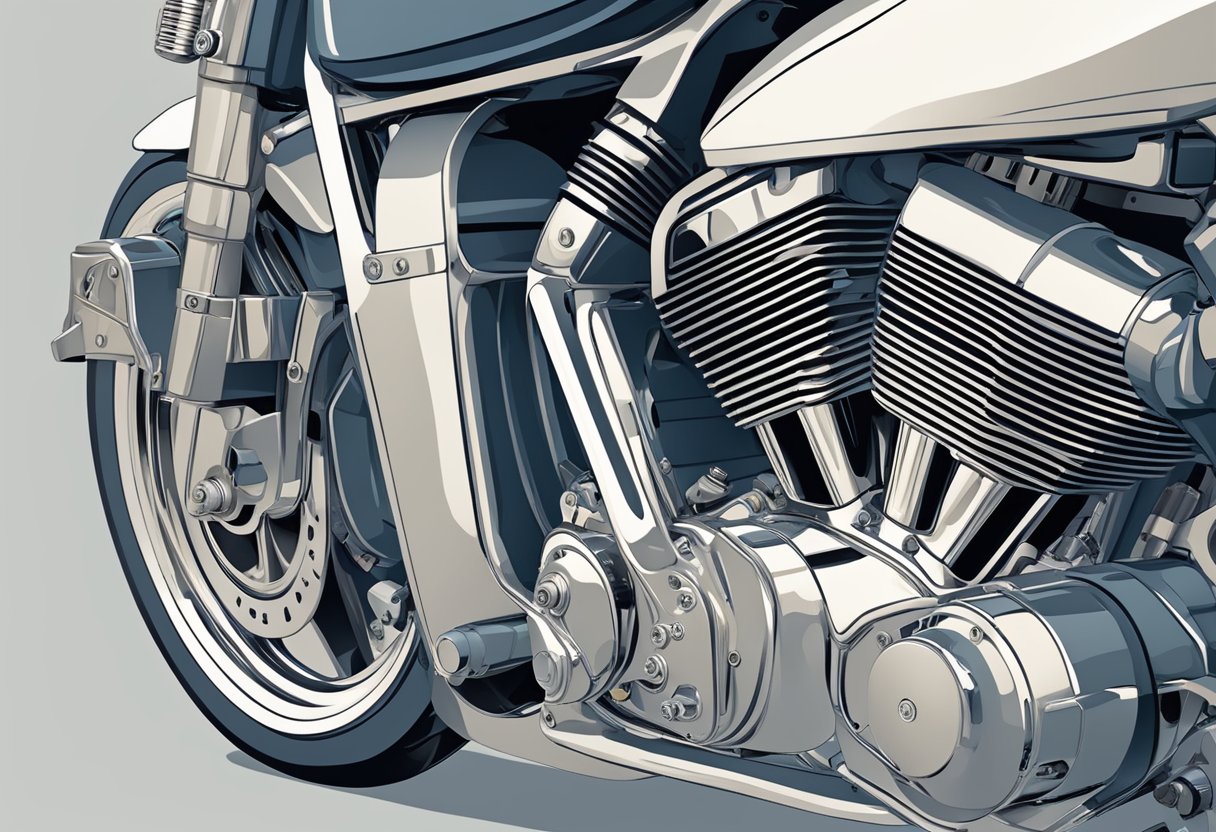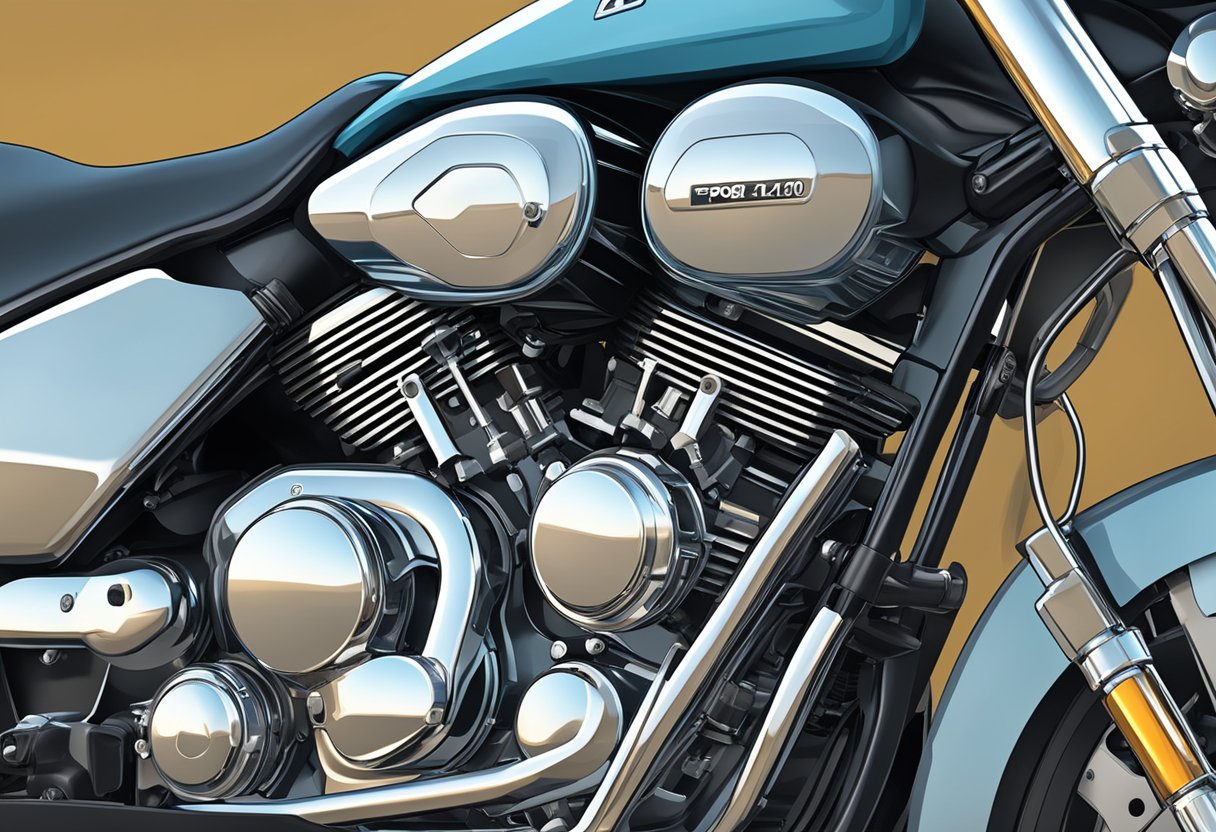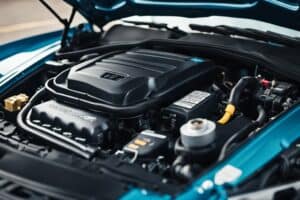If you’re a motorcycle enthusiast, you’re probably familiar with the term “error code.” These codes are displayed on the dashboard of your bike and indicate a problem with one of its systems. One of the most common error codes you may encounter is P0108, which refers to high altitude compensation.
High altitude compensation is a feature found in many modern motorcycles that helps adjust the air-fuel ratio to account for changes in altitude. This is important because as you ride your bike to higher elevations, the air becomes thinner and less dense, which can affect the performance of your engine. Without proper compensation, your motorcycle may experience reduced power, decreased fuel efficiency, and other issues.
If you’re experiencing an error code P0108, it means that there’s a problem with the high altitude compensation system in your bike. This could be caused by a faulty sensor, a wiring issue, or other factors. In this article, we’ll take a closer look at what high altitude compensation is, how it works, and what you can do to troubleshoot and fix any issues you may encounter.
Understanding Error Code P0108
If you own a motorcycle, you might have come across the error code P0108 at some point. This code indicates that there is a problem with the high altitude compensation sensor. This sensor is responsible for adjusting the fuel-air mixture to compensate for changes in altitude.
When the sensor detects that the altitude has changed, it sends a signal to the engine control module (ECM) to adjust the fuel-air mixture accordingly. If the sensor fails or sends incorrect signals, the ECM may not adjust the mixture properly, resulting in poor performance or even engine damage.
There are several possible causes of a P0108 error code, including a faulty sensor, a damaged wiring harness, or a malfunctioning ECM. To diagnose the problem, you will need to use a diagnostic tool to read the error code and check the sensor’s voltage and resistance.
Once you have identified the problem, you can replace the faulty component or repair the damaged wiring to resolve the issue. It is important to address the problem promptly to avoid further damage to your motorcycle’s engine.
In summary, the P0108 error code indicates a problem with the high altitude compensation sensor, which is responsible for adjusting the fuel-air mixture to compensate for changes in altitude. If you encounter this error code, you should diagnose the problem promptly and take appropriate action to resolve it.
Symptoms of a P0108 Error Code
If your motorcycle’s engine control module (ECM) registers a P0108 error code, it means there is an issue with the high altitude compensation system. This system is responsible for adjusting the air/fuel mixture in the engine based on the altitude of your location. Without proper compensation, your motorcycle’s engine may experience several performance issues.
Engine Performance Issues
One of the most common symptoms of a P0108 error code is poor engine performance. Your motorcycle may experience a lack of power or acceleration. You may also notice a decrease in overall engine performance, such as reduced top speed or difficulty maintaining speed on hills or inclines.
Poor Fuel Economy
Another symptom of a P0108 error code is poor fuel economy. Your motorcycle may use more fuel than usual, which can lead to more frequent refueling stops and higher costs at the pump. This is because the high altitude compensation system is not properly adjusting the air/fuel mixture, causing the engine to burn more fuel than necessary.
Hard Starting Condition
A P0108 error code can also cause your motorcycle to have a hard starting condition. This means that the engine may take longer to start or may require multiple attempts before it starts. This is because the high altitude compensation system is not properly adjusting the air/fuel mixture, making it more difficult for the engine to start.
If you experience any of these symptoms, it is important to have your motorcycle diagnosed by a qualified technician. Ignoring a P0108 error code can lead to further engine damage and increased repair costs.
How Does High Altitude Compensation Affect the Ground Clearance of a 2022 Honda Civic?
The 2022 Honda Civic ground clearance is designed to accommodate high altitudes, thanks to its advanced suspension and engineering. The car’s ground clearance remains stable and unaffected by changes in altitude, ensuring a smooth and safe driving experience no matter the elevation.
Diagnosing the P0108 Error Code
If you’re experiencing the P0108 error code on your motorcycle, it’s important to diagnose the issue as soon as possible to prevent any further damage to your vehicle. Here are some steps you can take to diagnose the problem:
Diagnostic Trouble Codes (DTC) Retrieval
The first step in diagnosing the P0108 error code is to retrieve any diagnostic trouble codes (DTC) from your motorcycle’s on-board computer. This can be done using a diagnostic tool that is compatible with your motorcycle’s make and model. Once you have retrieved the DTC, you can use it to identify the specific issue that is causing the P0108 error code.
Manifold Absolute Pressure (MAP) Sensor Inspection
The P0108 error code is often caused by a malfunctioning Manifold Absolute Pressure (MAP) sensor. To inspect the sensor, you should first locate it on your motorcycle’s engine. The sensor is usually located on the intake manifold or throttle body. Once you’ve located the sensor, check it for any signs of damage or wear. If the sensor appears to be in good condition, you can use a multimeter to test its electrical resistance.
Electrical Connection and Wiring Check
Another common cause of the P0108 error code is a problem with the electrical connection or wiring that is associated with the MAP sensor. To check the wiring, inspect it for any signs of damage, such as fraying or corrosion. You should also check the electrical connections to ensure that they are secure and free of corrosion. If you find any issues with the wiring or connections, you may need to repair or replace them to resolve the P0108 error code.
By following these steps, you can diagnose the P0108 error code on your motorcycle and take the necessary steps to resolve the issue. It’s important to address the problem as soon as possible to prevent any further damage to your vehicle.
High Altitude Compensation Mechanism
When riding a motorcycle at high altitudes, the engine performance can be affected due to the lower air pressure and thinner air. This is where the High Altitude Compensation Mechanism comes into play. This mechanism helps to adjust the air-fuel mixture to maintain the engine’s performance at high altitudes.
Impact of Altitude on Engine Performance
At higher altitudes, the air pressure decreases, which results in less oxygen available for combustion. This can lead to a lean air-fuel mixture, causing the engine to run hotter, lose power, and even stall. The High Altitude Compensation Mechanism helps to adjust the air-fuel mixture to ensure that the engine runs smoothly and at optimal performance.
MAP Sensor Role in Altitude Compensation
The Manifold Absolute Pressure (MAP) sensor is an essential component in the High Altitude Compensation Mechanism. It measures the air pressure and sends signals to the Engine Control Unit (ECU) to adjust the air-fuel mixture. The ECU then increases the fuel injection to compensate for the lower air pressure, ensuring that the engine runs smoothly and at optimal performance.
In conclusion, the High Altitude Compensation Mechanism is a crucial component in maintaining the engine’s performance at high altitudes. The MAP sensor plays a vital role in this mechanism, ensuring that the air-fuel mixture is adjusted to compensate for the lower air pressure. By understanding how this mechanism works, you can ensure that your motorcycle runs smoothly and at optimal performance, even at high altitudes.
Troubleshooting and Repairing
Repairing Electrical Issues
If you suspect that the high altitude compensation error code is caused by an electrical issue, start by checking the wiring and connectors between the MAP sensor and the ECU. Look for any signs of damage, wear, or corrosion. Make sure all connections are tight and secure. If you find any issues, repair or replace the affected components.
Replacing the MAP Sensor
If the electrical connections are fine, the next step is to check the MAP sensor. The MAP sensor measures the pressure and temperature of the air entering the engine. If it fails, it can cause the high altitude compensation error code. To replace the MAP sensor, locate it on your motorcycle’s engine and disconnect the electrical connector. Remove the sensor using a wrench or socket. Install the new sensor and reconnect the electrical connector.
ECU Software Update
If neither the wiring nor the MAP sensor is the issue, the problem may be with the ECU software. The ECU controls the fuel injection system and adjusts it based on the data from the MAP sensor. If the software is outdated or corrupted, it can cause the high altitude compensation error code. To update the ECU software, take your motorcycle to a qualified mechanic or dealer. They will use a diagnostic tool to update the software to the latest version.
By following these steps, you should be able to troubleshoot and repair the high altitude compensation error code on your motorcycle. Remember to always use caution when working on your motorcycle’s electrical system and consult a qualified mechanic if you are unsure about any steps.
As an Amazon Associate we earn from qualifying purchases.















